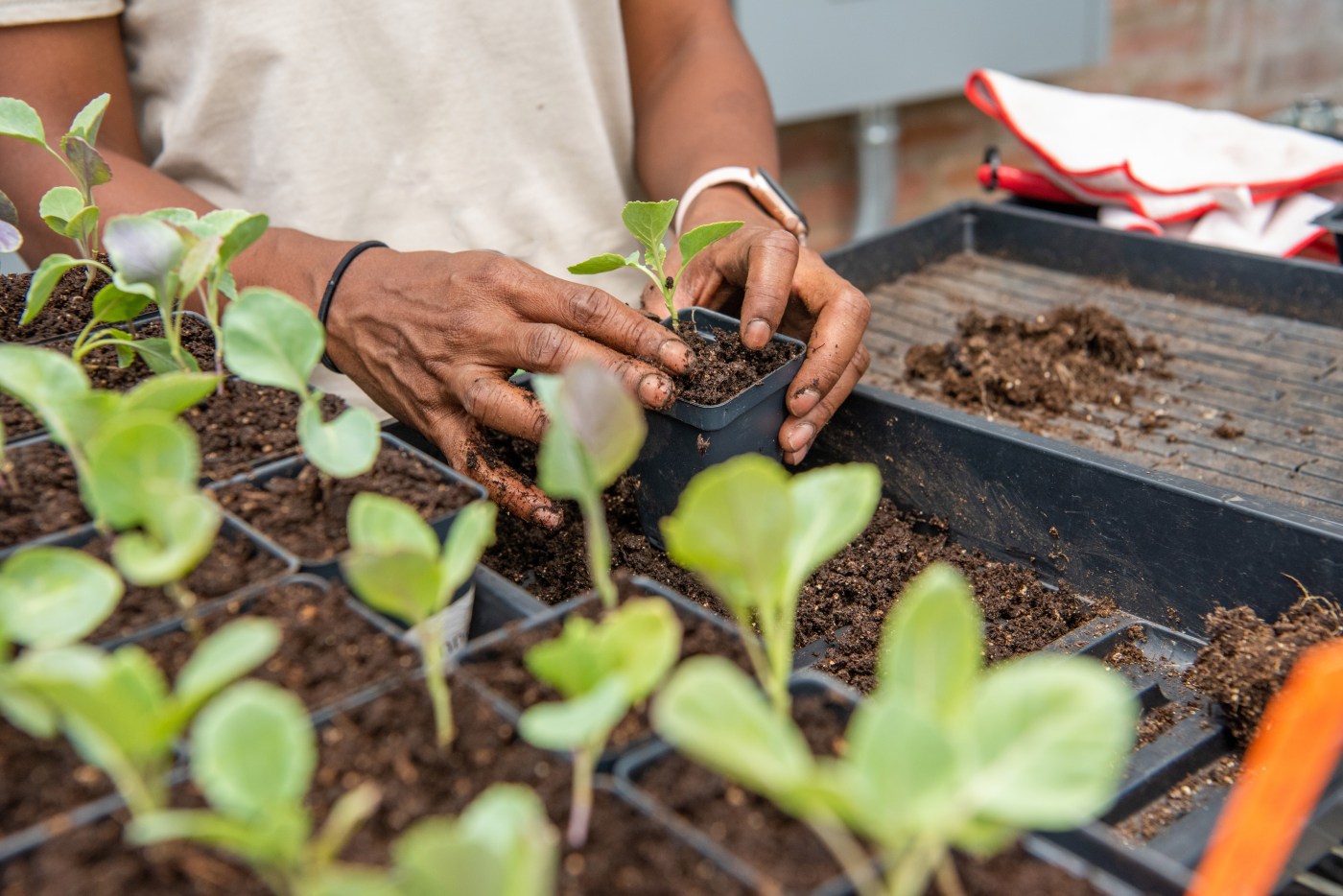
I would like to try starting some of my annual flowers at home and would like some suggestions on how to do this.
— Alberto Gonzalez, Waukegan
This is such a great question, as cool-season annuals can really brighten your garden — picture larkspur, snapdragon, English daisy, and the like, depending on your growing space and conditions, of course. You can shop at a garden center to make things easy, but you’ll have many more choices if you put in the extra effort to grow your own plants from seed.
Different types of flowers require different production times before being ready to plant outside. You might have to start seeds up to 14 weeks ahead to have blooming plants ready for outside planting. I’d suggest following directions on individual packets on which types of seeds require bottom heat, light, or darkness to germinate. Some seeds might require a short period of chilling before being sown. Other cool-season annuals (ranunculus, pansy, annual poppy, forget-me-not, edging lobelia) can be planted outside in the garden by the second week in April after the small plants are hardened off.
Ranunculus and annual poppies are sensitive to cold weather, so wait an extra week to plant them if any cold snaps are expected. Cold-sensitive plants like marigolds can be planted outside after the danger of frost has passed for your area. Tomatoes do not like cold temperatures, so they are usually planted in late May at the Chicago Botanic Garden.
Here are some tips on how to get started:
Sow seeds in fiber pots or trays, using a pre-moistened, soilless, or seed-starting mix. Sow large seeds in slightly indented rows and cover them lightly with a thin layer of the mix. Finer seeds may be broadcast directly on top of soil. Seed packets should have sowing instructions. Some types of seeds will require a glass or plastic cover to provide supplemental humidity. Water seeds from the bottom or use a fine mister to keep the soil moist. Most seeds require a warm, bright location out of direct sun to germinate. Ventilate covered seeds daily, especially in bright conditions.
Try using grow lights to provide supplemental lighting to ensure success. A fluorescent fixture hung on a chain works best, as you can adjust the level to keep the light at the optimum 8 to 12 inches above the seedlings. It usually helps to provide heat under the seedlings, too. You can buy heat mats or cables at your local garden center.
When germination occurs, gradually increase light levels. When two sets of true leaves develop, transplant small seedlings to a larger fiber pot that contains a slightly coarser, “growing-on” mix. Begin fertilizing with a quarter-strength 10-10-10 solution. As the plant grows larger, switch to a half-strength solution once a week.
Harden plants off approximately 7 to 10 days before planting them in your beds. Take them outside for a few hours a day and back in again at night. Gradually increase the time spent outside until they are ready to be planted in containers, window boxes, or garden beds.
For more plant advice, contact the Plant Information Service at the Chicago Botanic Garden at [email protected]. Tim Johnson is senior director of horticulture at the Chicago Botanic Garden.
Tim Johnson , 2024-04-07 12:00:59
Source link


